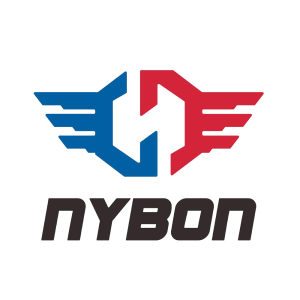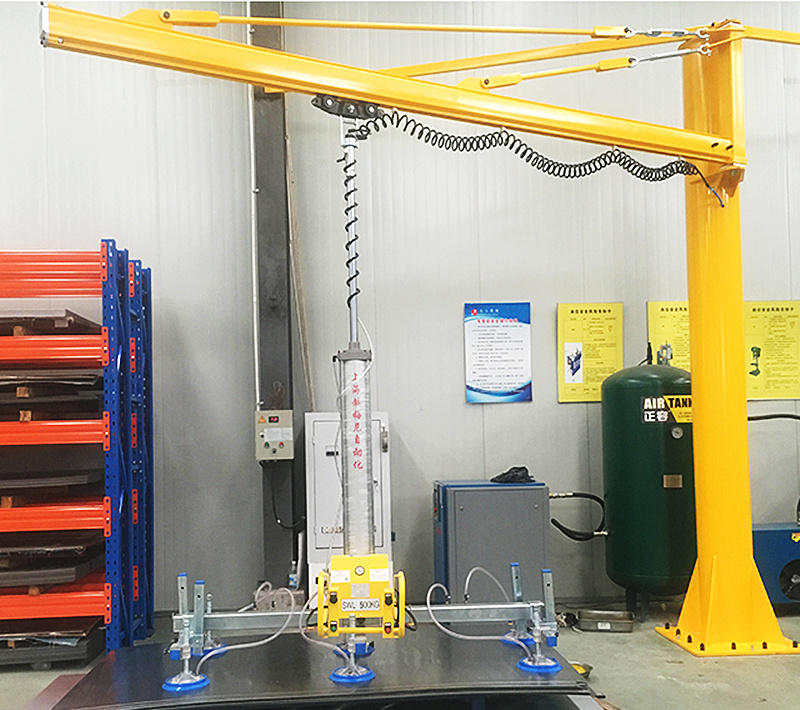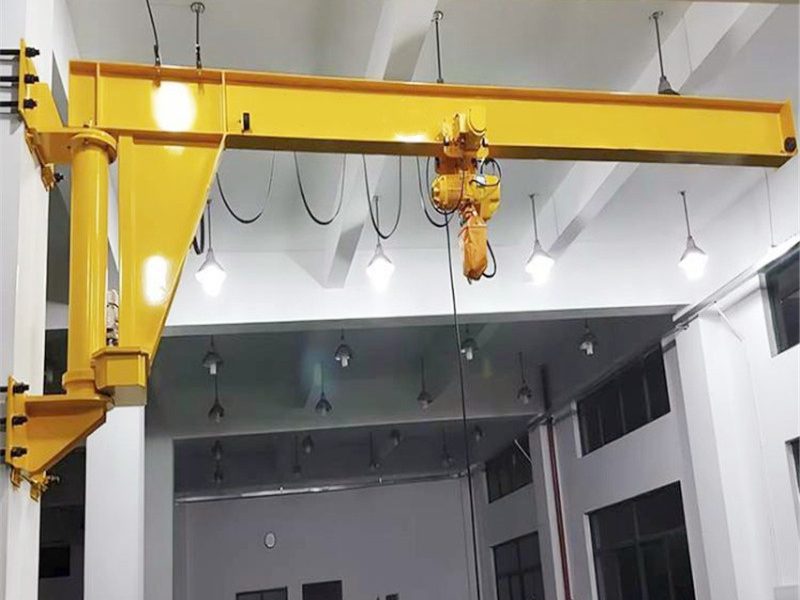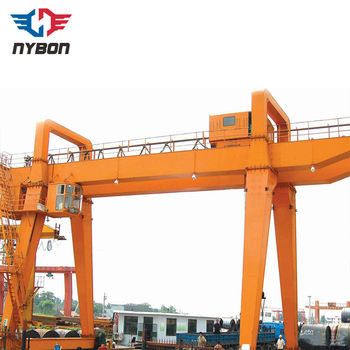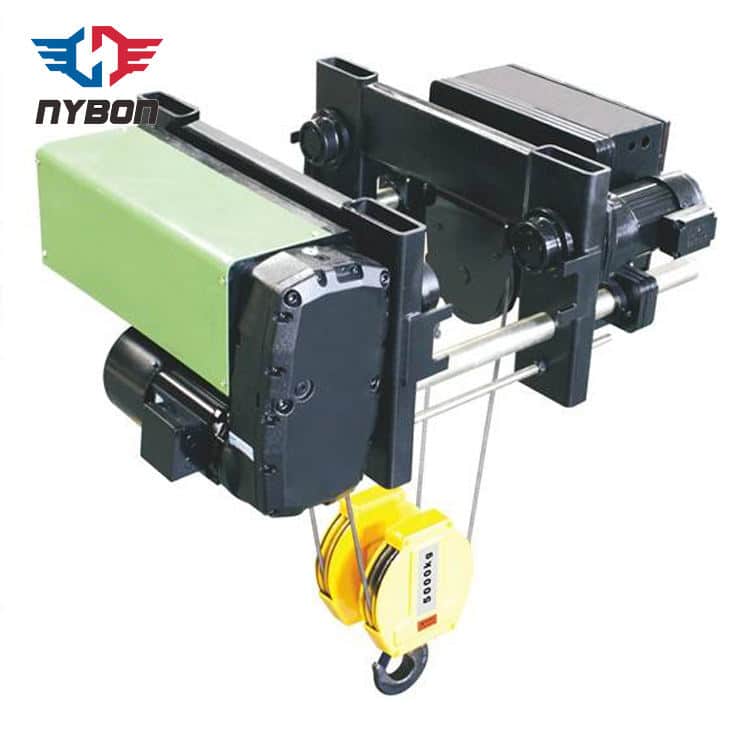Space-Saving Solutions with Jib Cranes in Compact Workspaces
In many industrial settings, space is a premium commodity. Efficient material handling is essential, but traditional overhead crane systems require significant structural investment and cover large areas, which might be unnecessary or impractical in smaller, localized workstations or areas with height restrictions. This is where jib cranes shine as ideal space-saving lifting solutions.
Jib cranes offer a targeted approach to lifting, providing coverage over a specific circular or semi-circular area rather than an entire bay. Their design allows them to be installed with minimal disruption to existing infrastructure, making them perfect for fitting lifting capability into tight corners, alongside machines, or under larger overhead cranes.
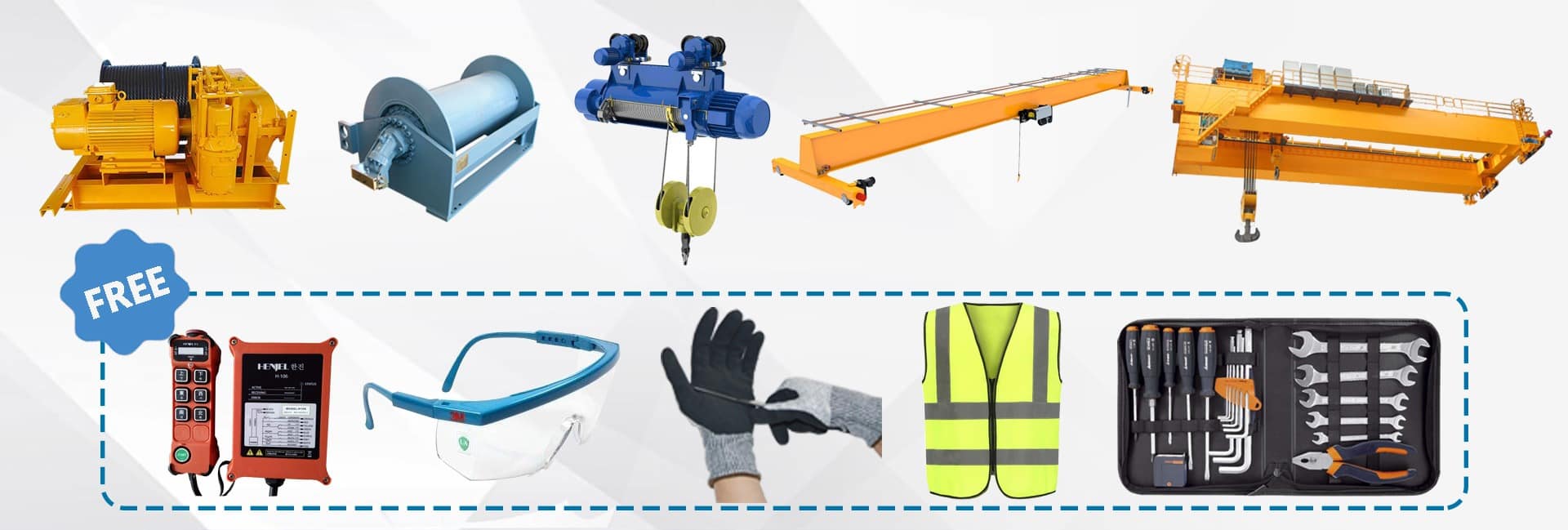
Why Jib Cranes Are Ideal for Compact Spaces
Jib cranes are inherently designed with space efficiency in mind, offering distinct advantages in confined areas:
Minimal Footprint
Unlike bridge or gantry cranes that need extensive runway systems, many jib cranes, particularly wall or column-mounted types, require virtually no floor space beyond the swing radius of the boom. Even freestanding models have a concentrated base compared to the span of an overhead system.
Localized Coverage
They provide lifting power precisely where it’s needed. Instead of a crane covering a 100-foot bay, a jib crane can service a 20-foot diameter workstation, freeing up the rest of the space for other activities or equipment.
Avoiding Overhead Obstructions
Wall or column mounted jib cranes utilize existing building structures, keeping floor space clear and often operating below overhead ductwork, lighting, or larger crane systems, making them excellent for fitting into awkward spots.
Complementing Existing Cranes
Jib cranes are often used under large overhead cranes to provide faster, localized lifting for lighter loads, reducing the need to tie up the main crane and improving workflow efficiency in specific zones.
Types of Jib Cranes and Their Space-Saving Features
Different jib crane configurations offer various space-saving benefits depending on your specific workshop layout:
Floor Mounted Jib Cranes
These require a sturdy foundation but offer maximum rotation (up to 360°) and are versatile. While they need floor space for their column and foundation, their lifting coverage is confined to a clear circular area.
Wall Mounted Jib Cranes
Attached to a building wall or support column, these cranes require no floor space for their mast. They provide excellent coverage along the wall and outward, typically offering up to 200° of rotation, utilizing otherwise unused vertical space.
Column Mounted Jib Cranes
Similar to wall-mounted types, these attach to existing building columns, saving floor space. They are ideal for positioning lifting capability right next to structural supports near workstations.
Mast Type Jib Cranes
Supported by both the floor and an overhead beam or ceiling structure, mast type jib cranes require less substantial floor foundations than freestanding models and can sometimes offer higher capacities or longer reaches while minimizing floor obstruction compared to a full column.
Key Considerations for Space-Saving Jib Crane Selection
Choosing the right jib crane involves balancing lifting needs with spatial constraints:
Required Lifting Capacity
Select a crane rated for the maximum load you’ll lift. Over-specifying can mean a larger, more expensive crane with a bigger footprint or required foundation than necessary.
Span/Reach and Height Under Boom
Define the exact area the crane needs to service. The required boom length (span) and the height needed to lift your loads will dictate the crane’s dimensions and installation requirements.
Installation Location & Building Structure
Assess if your walls, columns, or floor can support the loads imposed by the chosen jib crane type. This determines which space-saving option (wall, column, or floor mounted) is feasible.
Jib Crane Parameters Related to Space Utilization
While performance specs are important, certain parameters directly relate to how a jib crane occupies and services a space. Below is a general illustrative range for typical parameters; exact values depend on the specific crane model, manufacturer, and application.
| Parameter | Description | Typical General Range (Illustrative Example) |
|---|---|---|
| Lifting Capacity | Maximum load the crane can lift (determines crane size/strength) | |
| Span / Reach | Horizontal distance from the mast/pivot to the hook end | |
| Height Under Boom | Vertical distance from the floor to the underside of the boom | |
| Rotation Angle | Degrees the boom can swing (e.g., 90°, 180°, 200°, 360°) | (varies by type) |
| Foundation Requirement | Type and size of base needed (for freestanding types) | Requires a significant reinforced concrete base (e.g., to ) |
Note: These values are for illustration only. Consult relevant engineering standards and manufacturer documentation for precise specifications applicable to your specific equipment and site conditions.
NYBON Machinery: Your Partner for Space-Saving Lifting Solutions
When designing or upgrading your facility to maximize efficiency in limited spaces, choosing the right lifting equipment is key. NYBON Machinery specializes in providing high-quality, reliable lifting solutions tailored to various industrial needs, including those requiring clever space utilization.
We are professional manufacturers of bridge cranes, gantry cranes, jib cranes, marine cranes, and electric hoists. Our range includes various types of jib cranes designed to fit into compact workspaces, offering robust performance without requiring extensive infrastructure. At NYBON, we are committed to delivering excellent quality equipment that is both durable and cost-effective, helping you achieve efficient material handling even in challenging environments.
Jib cranes are indispensable tools for maximizing efficiency and safety in compact industrial workspaces. By understanding the different types available and considering their space-saving benefits and key parameters, you can select the perfect jib crane solution for your needs. Implementing these localized lifting systems strategically allows businesses to optimize their layout, improve workflow, and make the most of every square foot. Consider NYBON Machinery for reliable, high-quality jib cranes designed to meet the demands of your specific workspace.
Trust NYBON Machinery for Quality Cranes
Ensuring proper alignment is key to maximizing the lifespan and performance of any crane, including those from reliable manufacturers like NYBON Machinery.
At NYBON Machinery, we specialize in the design, manufacturing, and supply of high-quality industrial lifting equipment. Whether you need bridge cranes, gantry cranes, jib cranes, marine cranes, or electric hoists, we offer products built with precision and durability in mind. Our focus on quality engineering means our equipment is designed to maintain optimal performance with proper maintenance, including wheel alignment. We pride ourselves on offering cost-effective solutions without compromising on the excellent quality and reliability our clients expect.
Effective crane wheel alignment is a fundamental maintenance practice that significantly contributes to the safety, efficiency, and lifespan of your industrial cranes. By understanding the importance, recognizing the causes of misalignment, and employing proper measurement and adjustment techniques, you can ensure your lifting equipment operates smoothly and reliably. Regular inspections and timely corrective actions are essential for maintaining optimal alignment and protecting your investment.
Need a Crane Tailored to YOUR Industry?
At Nybon Group, we’ve built custom cranes and hoists for:
- Ports lifting cargo containers
- Mines hauling ore carts
- Shipyards deploying anchors
Talk to Our Lifting Experts!
📧 Email: info@nybonmachinery.com
📱 WhatsApp: +86-15936506686
🌐 Visit: www.nyboncrane.com
As a professional Industrial Crane Supplier, Nybon offers
- Customizable Solutions – Available in various load capacities, speeds, and configurations to meet specific industrial requirements.
- High-Quality Manufacturing – Built with strict quality standards to ensure durability, reliability, and long service life.
- Low Maintenance Requirements – Engineered for minimal maintenance, reducing downtime and operational costs.
Get A Quote Today
Welcome to send a free inquiry to —info@nybonmachinery.com
